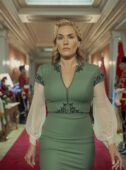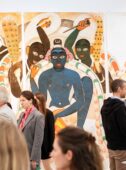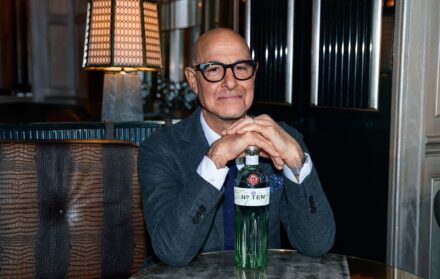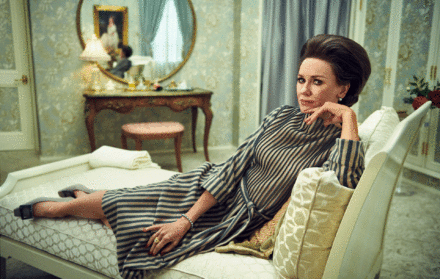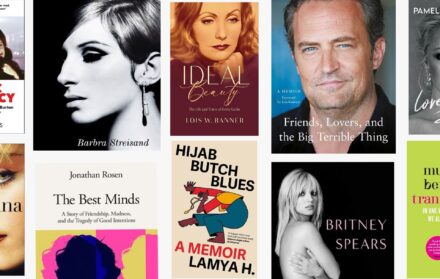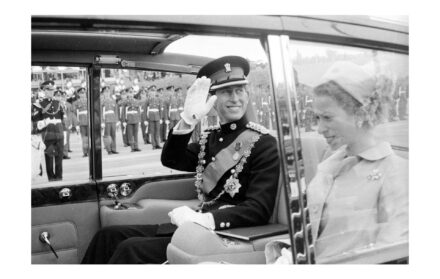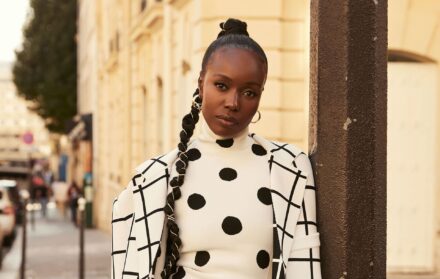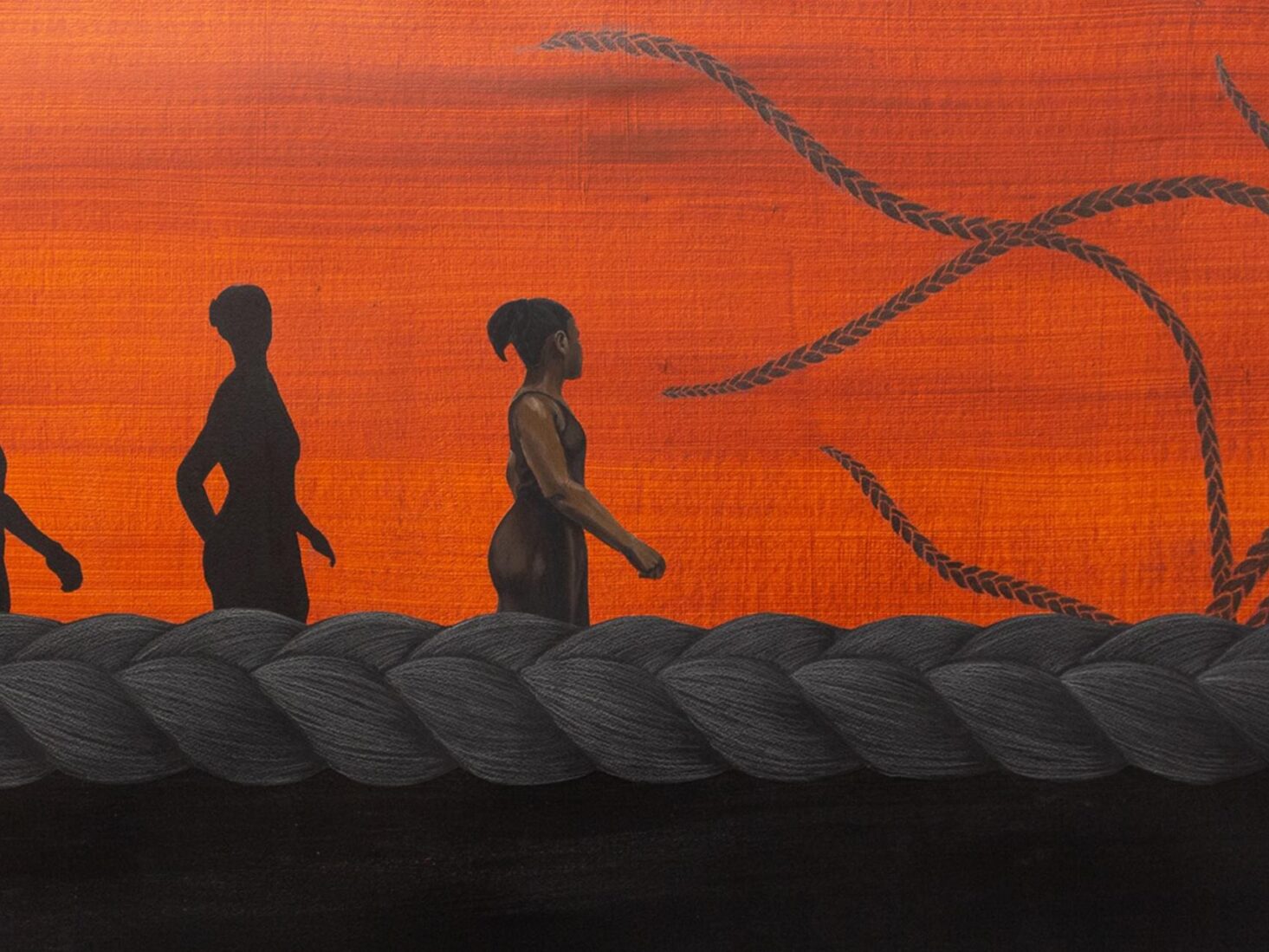
Diverse perspectives: Five emerging African artists shaking up the London scene
The continent's up-and-coming artists on how moving to the capital affected their creative output
To describe a piece of art as being ‘from Africa’ is about as helpful and informative as stating that grapes in a glass of wine are ‘from Europe’. Or that a fish you ate was ‘from the sea’. And yet, ‘African art’ is routinely offered as an adequate quartet of syllables with which to denote an entire continent’s creative output. Thanks to a growing number of low-key galleries, however, things are starting to change.
Sourcing dynamic and exciting works from Cape Town to Cairo, a range of exhibitions and fairs are beginning to challenge the indolent docket that is ‘African art’, by discussing the provenance and process behind culturally, geographically and aesthetically distinctive pieces of art.
One such fair, 1-54, travels between London, New York, Marrakech and Paris showcasing contemporary works solely from Africa and its diaspora. Founded by Franco-Moroccan businesswoman, Touria El Glaoui, the fair is named in reference to the 54 countries that constitute the African continent.
Most recently, Somerset House hosted the largest 1-54 to date, providing a stage for 48 artists from 23 countries. Yet one narrative that never seems to be thoroughly explored, to this exhibition-goer at least, is the impact that moving to London can have on an artist from Africa. Luxury London probed the issue by asking five emerging artists how relocating to the capital affected their creative output – and what they themselves think about the term ‘African art’.
Bunmi Agusto, painter, born in Nigeria
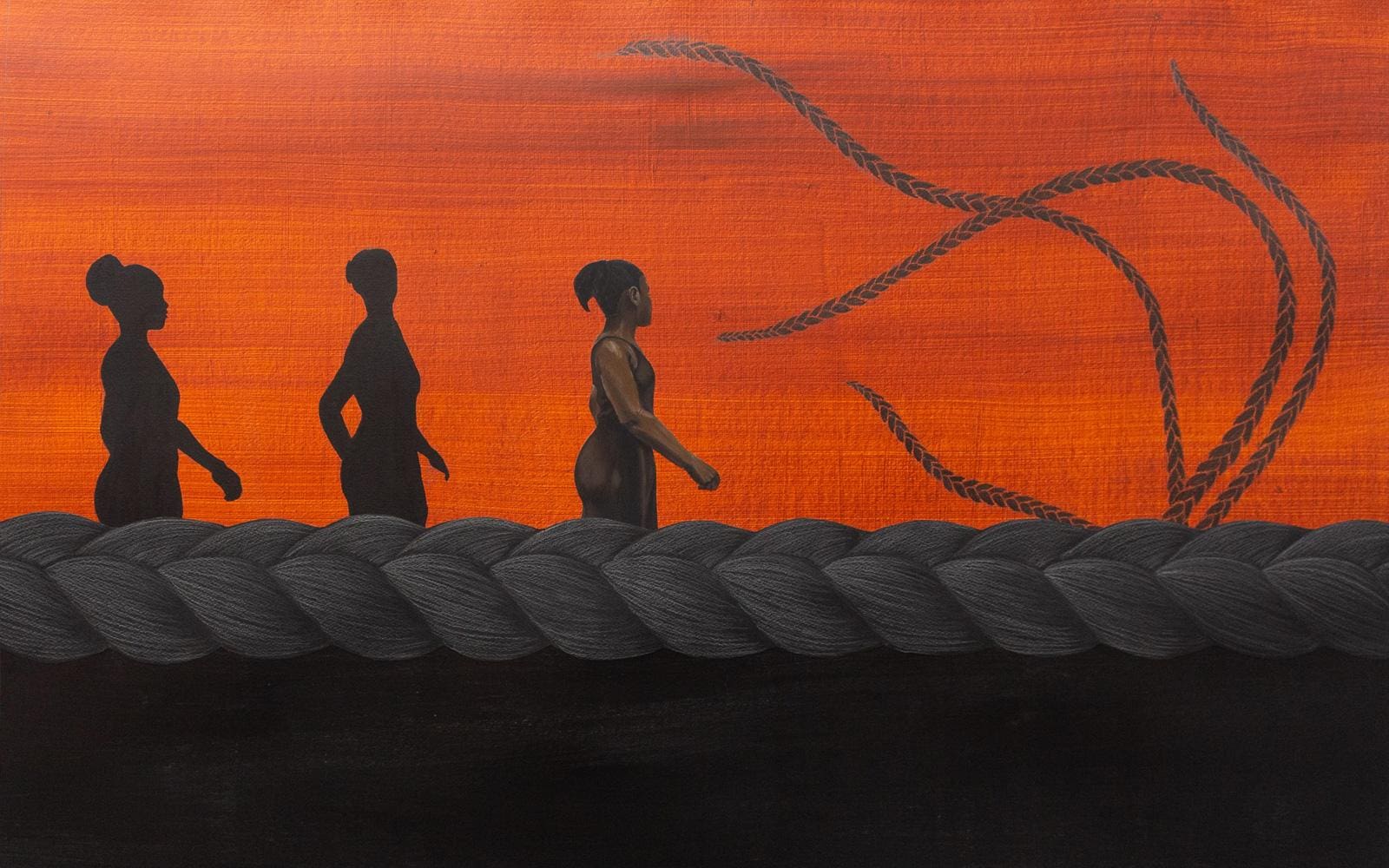
How has moving to London altered your art?
I wouldn’t say that living in London has altered my art because I still live in both Lagos and London, so there was no abrupt removal from one to the other. Alteration also suggests a deviation from something that already firmly existed, but I started schooling in the UK when I was 16 and was just beginning to build an art practice so it’s been much more of a natural progression as opposed to an alteration.
Do you find yourself in conflict with the phrase ‘African art’? What does that phrase imply to you?
To me, it simply refers to art made by artists from the African continent. However, I just think we’d be doing ourselves a disservice in the long run if we continue to exist under this blanket term without defining and recognising its contemporary sub-categories.
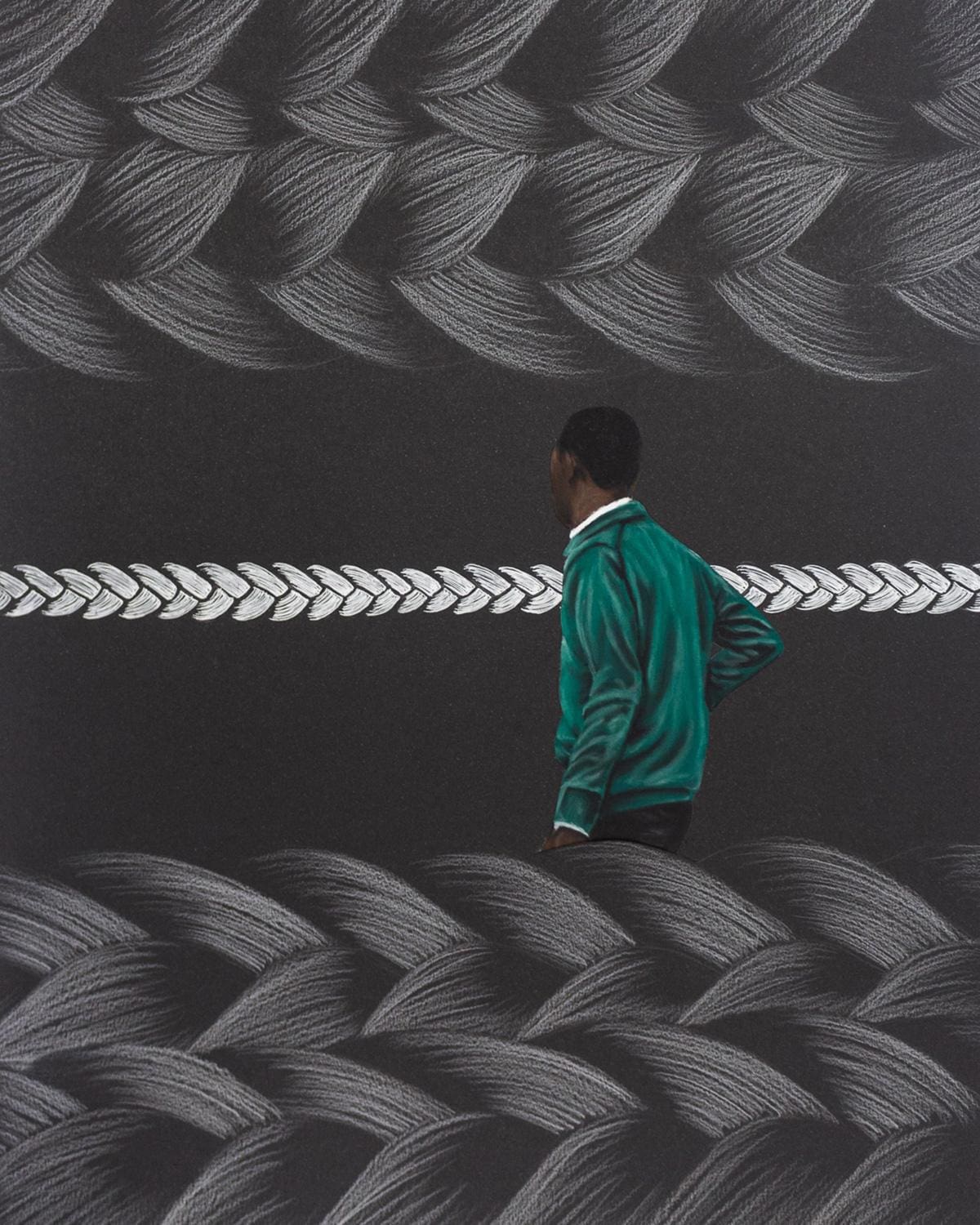 | 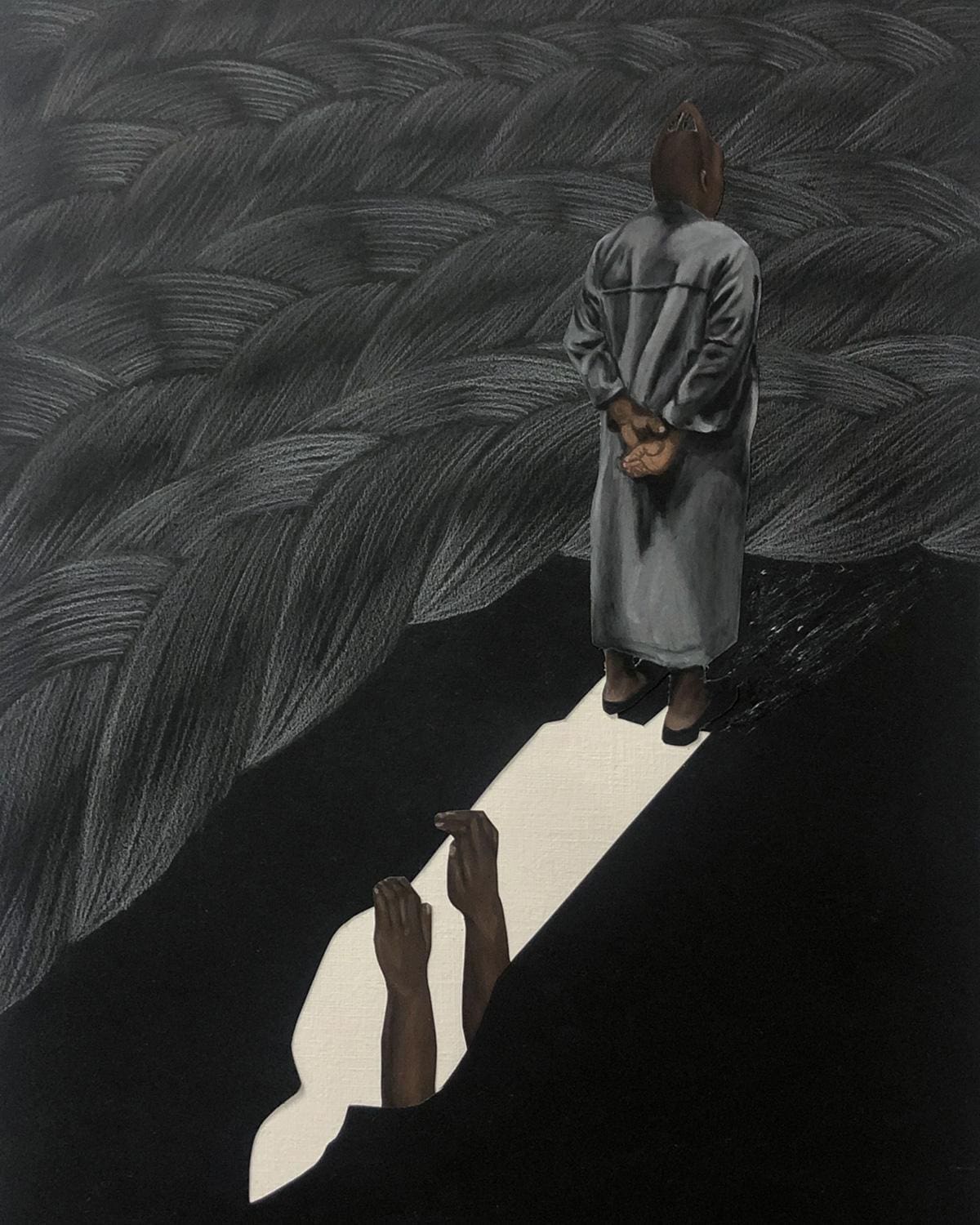 |
Is there a particular place or time in Nigeria that you find yourself referring back to in your work?
My practice follows a psycho-spacial wonderland I created to reflect my lived experiences, so Nigeria naturally comes into play since I was born and raised in Lagos and Abuja. The wonderland I depict makes reference to the Nigeria I’ve known all my life and the idiosyncrasies of my upbringing.
Visit bunmiagusto.com
Diriye Osman, writer, essayist and critic, born in Somalia
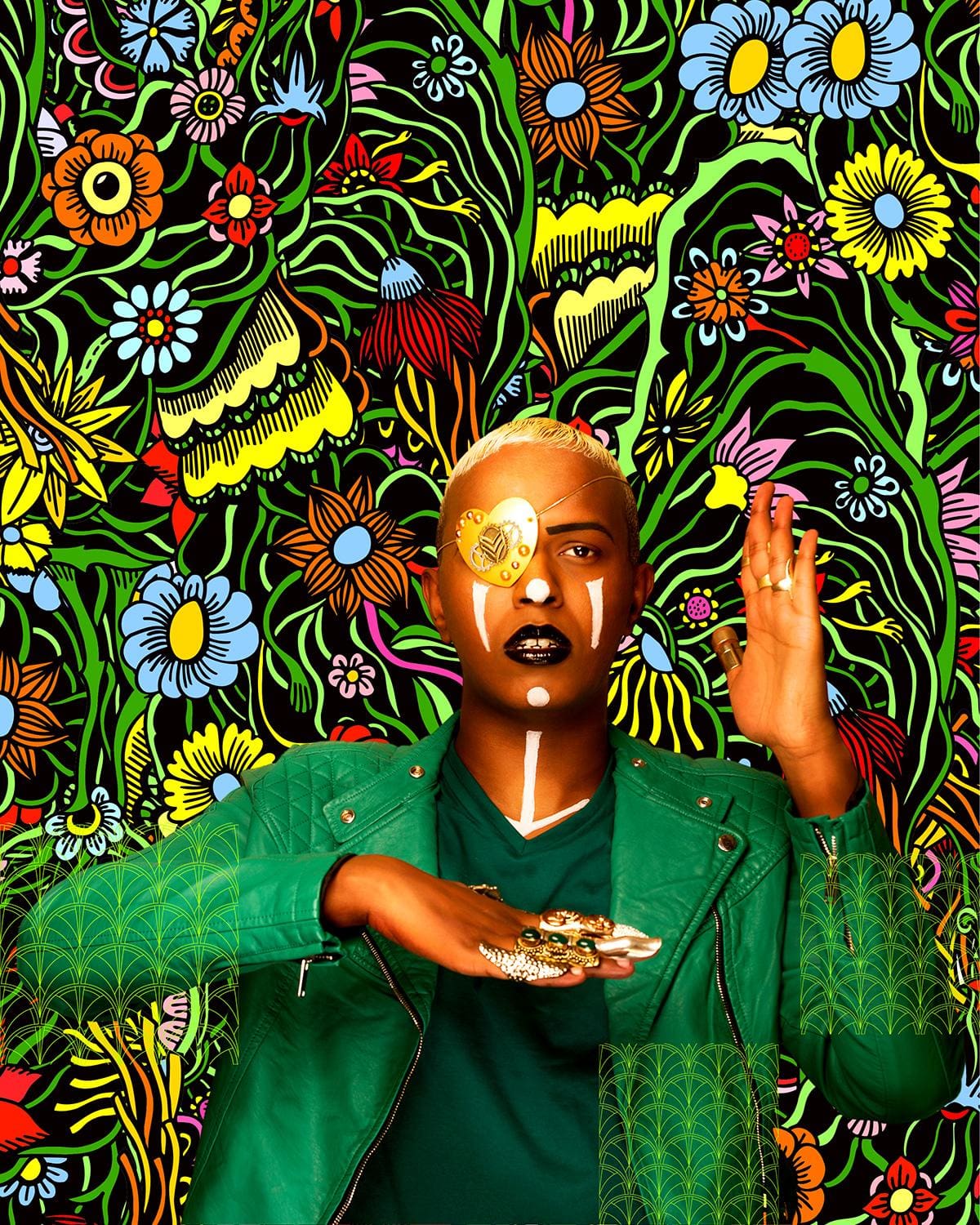 | 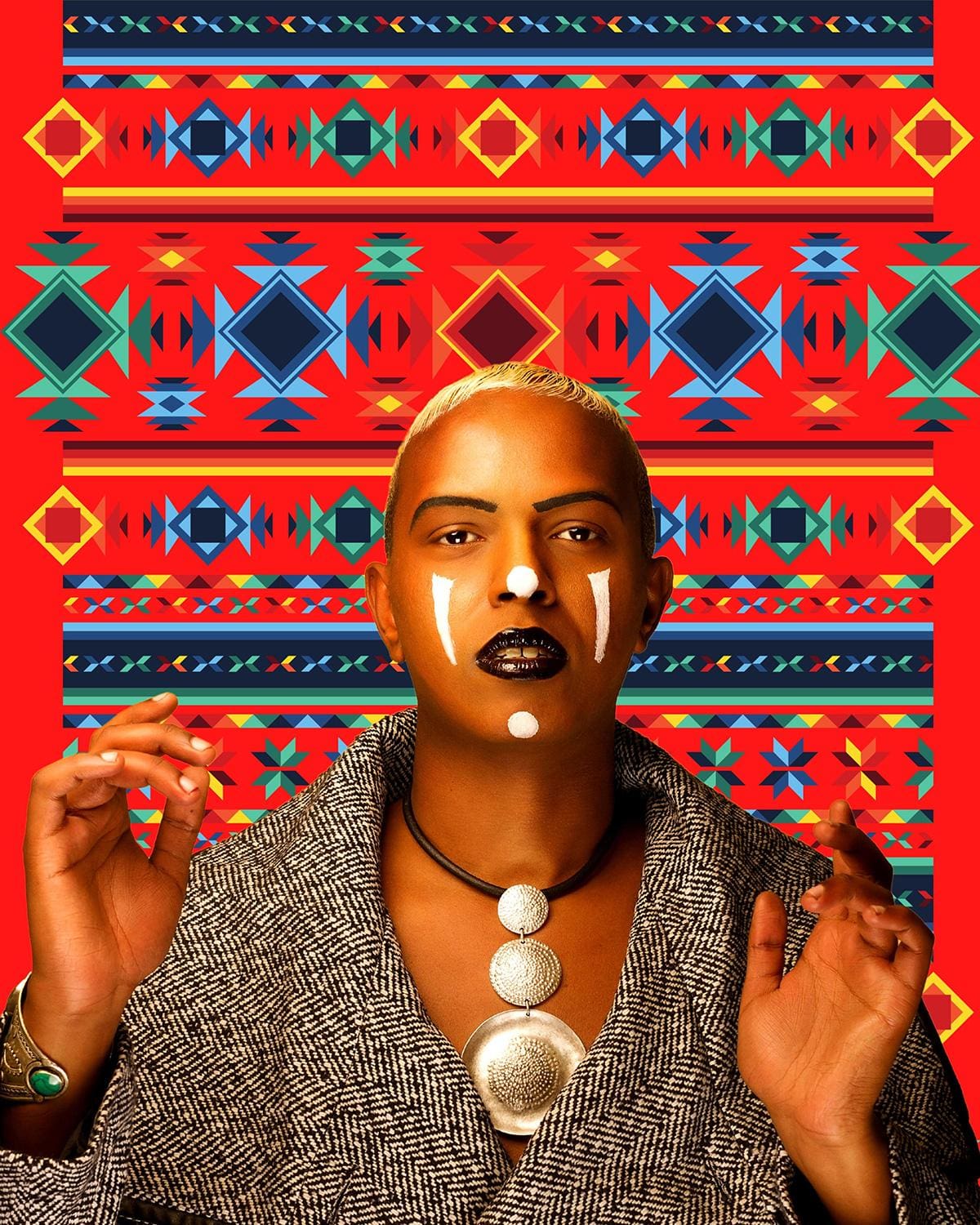 |
In what ways has living in London altered your art?
London is infuriating, expensive, stressful, sexy, deliciously wonky, weird and inspiring. This city has shifted the fabric of my identity and my art in unquantifiable ways. I’m more creatively elastic and expansive because of London.
Do you find yourself in conflict with the phrase ‘African art?’ What does that phrase imply to you?
I’m a proud, gay, supercalisexilicious African man, and my art is a reflection of that. I claim my Africanness proudly. There’s nothing more wonderful than honouring your heritage, and this is what I’ve always done.
Is there a particular place or timenin Somalia that you find yourself referring back to in your work?
I always refer back to my childhood in Mogadishu in the 1980s, but I also find deep inspiration in every era of Somalia, fabulous or foul. This was reflected in my performance at the Whitechapel Gallery in December. It was called A Night of Fairytales and in typical Somali-stylo, it was shaxshax. Haibo!
Visit diriyeosman.com
Gordon Glyn Jones, painter, born in Zimbabwe
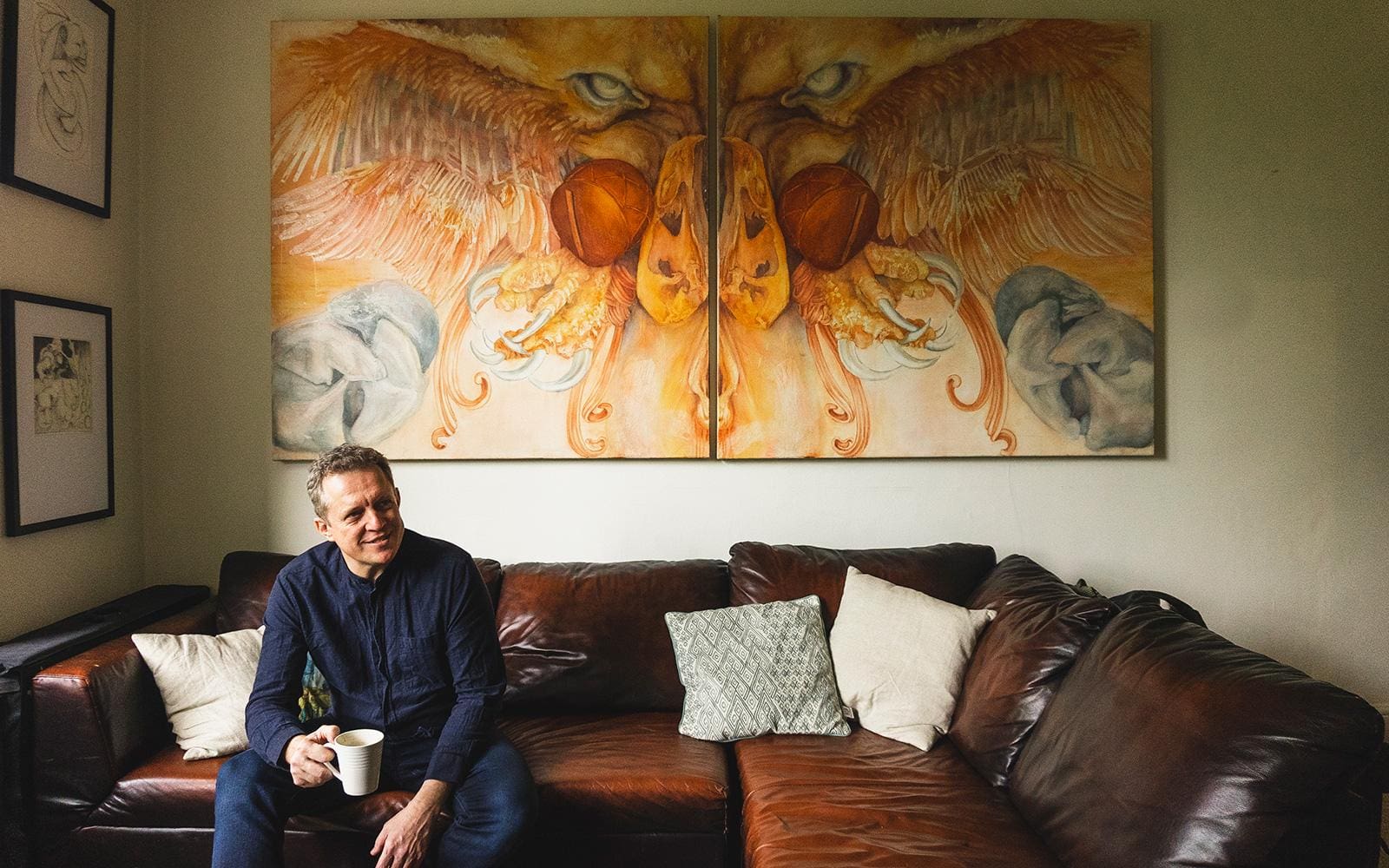
Has your work changed since you relocated to London from Africa?
Culturally, London is the most incredible social experiment, with seismic shifts of different cultures giving birth to beautiful hybrids. My work is dramatically different from when I arrived; I have moved from figurative painting to a kind of future-inspired bio-surrealism. London played a huge role in that shift.
Do you find yourself in conflict with the phrase ‘African art’? What does that phrase imply to you?
I believe that ‘African art’ is art made by people who spent their formative years in Africa. Simple. There is no doubt my work comes from deep African roots, both spiritually and formally. Anyone with knowledge of Africa will know there are thousands of different ethnicities and social contexts, right across an immense, beautiful continent. Equally, there is a movement in the art world to focus on the development of formerly disadvantaged communities. I write about art myself in support of this movement, so I don’t see any conflict. If the work is good, it floats to the top; that’s the golden rule.
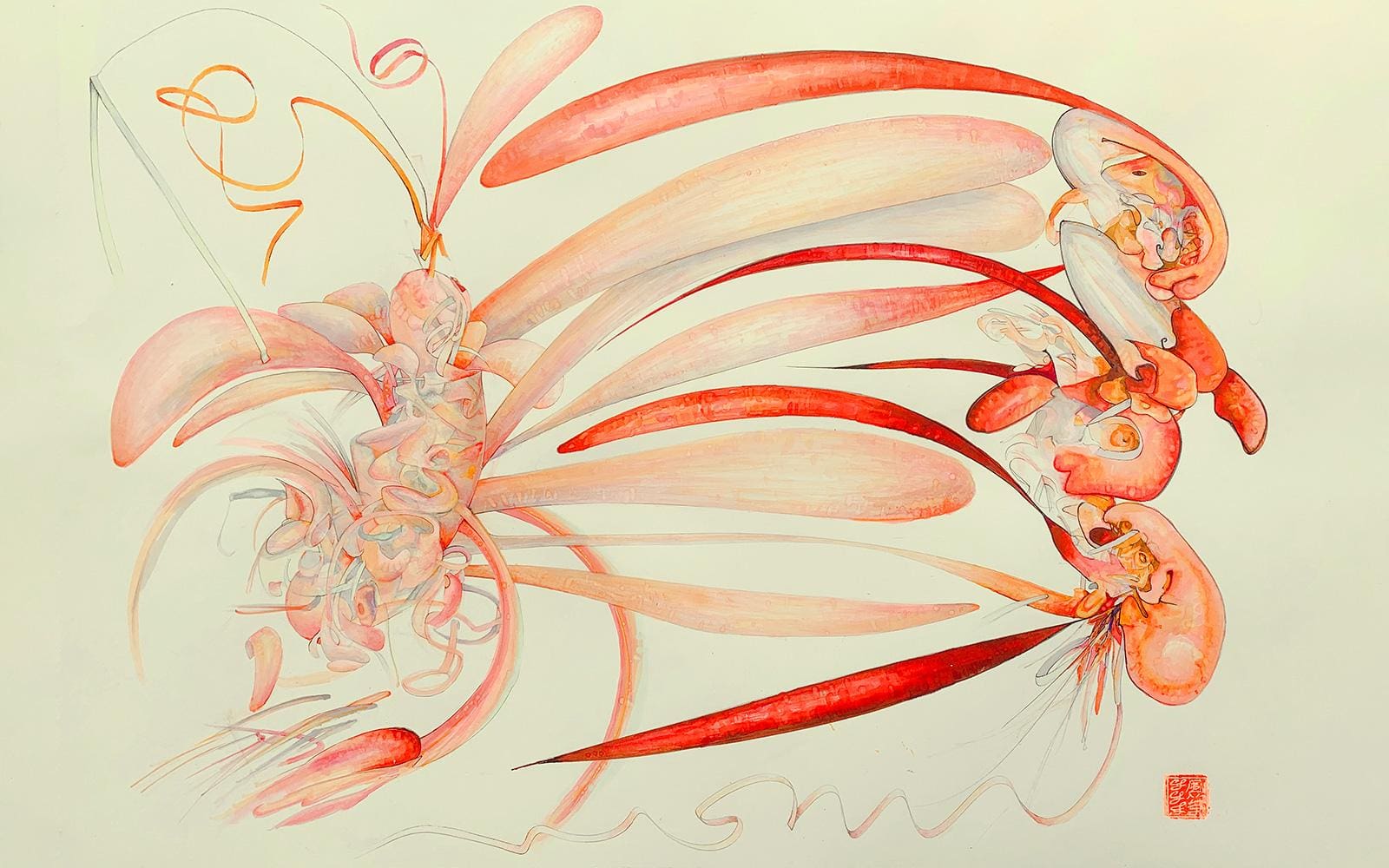
Is there a particular place or time in Zimbabwe that you find yourself referring back to in your work?
Growing up in Zimbabwe during a war had challenges, not least of which was a generation of pretty stressed-out adults. So I spent a fair part of my youth in the fringes of an urban bush that teemed with life, where I inhabited a fantasy world. The fact that my work is now essentially living beings with a mildly snarling dark edge, is not a big surprise.
Visit gordonglyn-jones.com
Tobi Alexandra Falade, painter, born in Nigeria
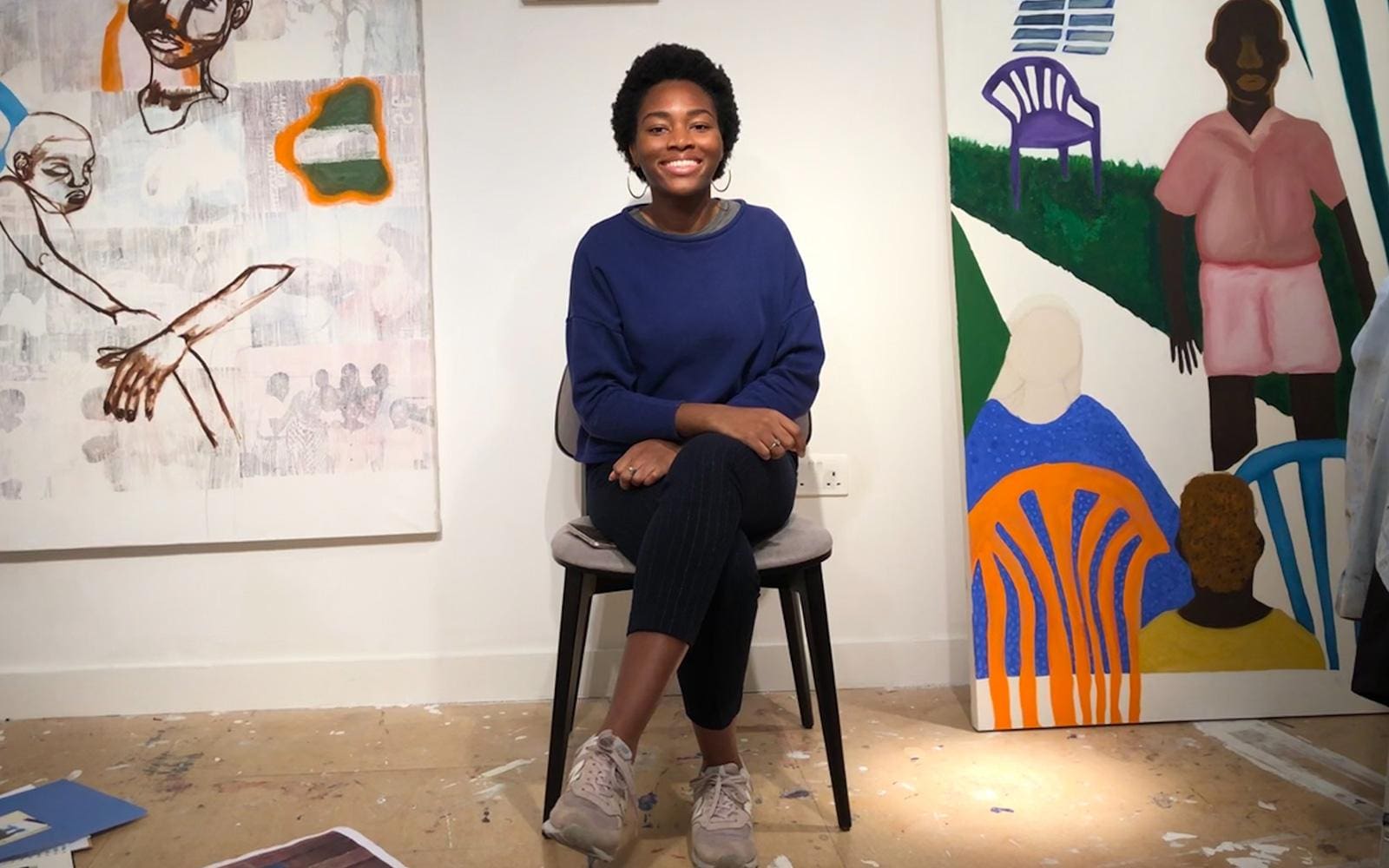
In what ways has living in London altered your art?
I’m not sure if I made any art in Nigeria, I don’t have any memories of that. I have been painting since attending primary school in the UK, but I didn’t have a personal interest in art until I decided to study in London as I felt it was the subject I was best at, enjoyed the most, and brought all my interests together. I’ve lived in London since starting [a course called] Fine Art: Painting at Wimbledon College of Art and my time there was full of growth and development. I was previously using acrylic paint on paper to create small landscape artworks, and at Wimbledon, I started to explore oil painting on canvas.
Do you find yourself in conflict with the phrase ‘African art?’ What does that phrase imply to you?
To me the phrase ‘African art’ implies that the artworks are made by an African artist and may be based on themes of their experience of Africa. I do find conflict in this phrase because of the non-specificity of it. I wouldn’t use it to describe myself or my work, I often use phrases such as Nigerian British artist.
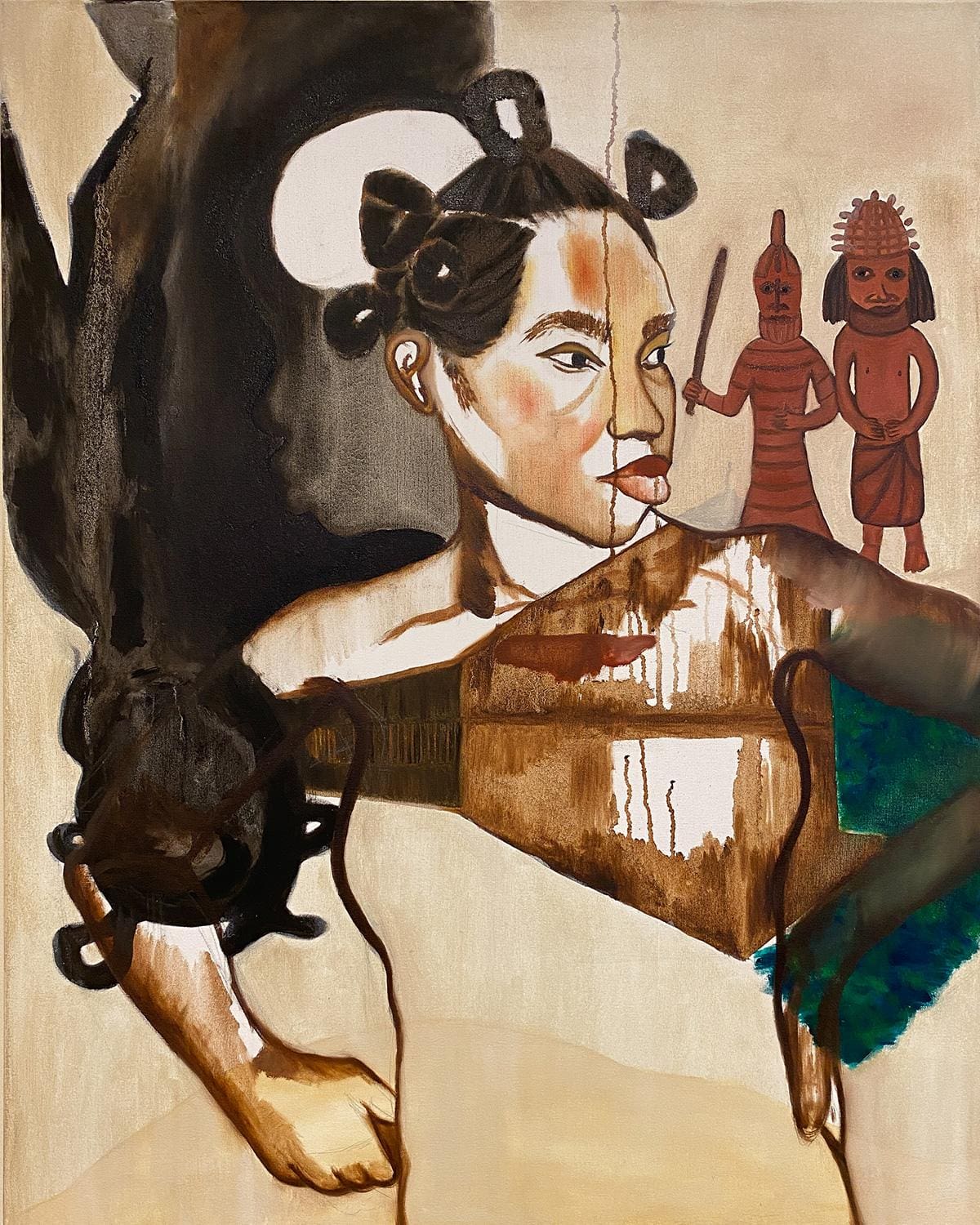 | 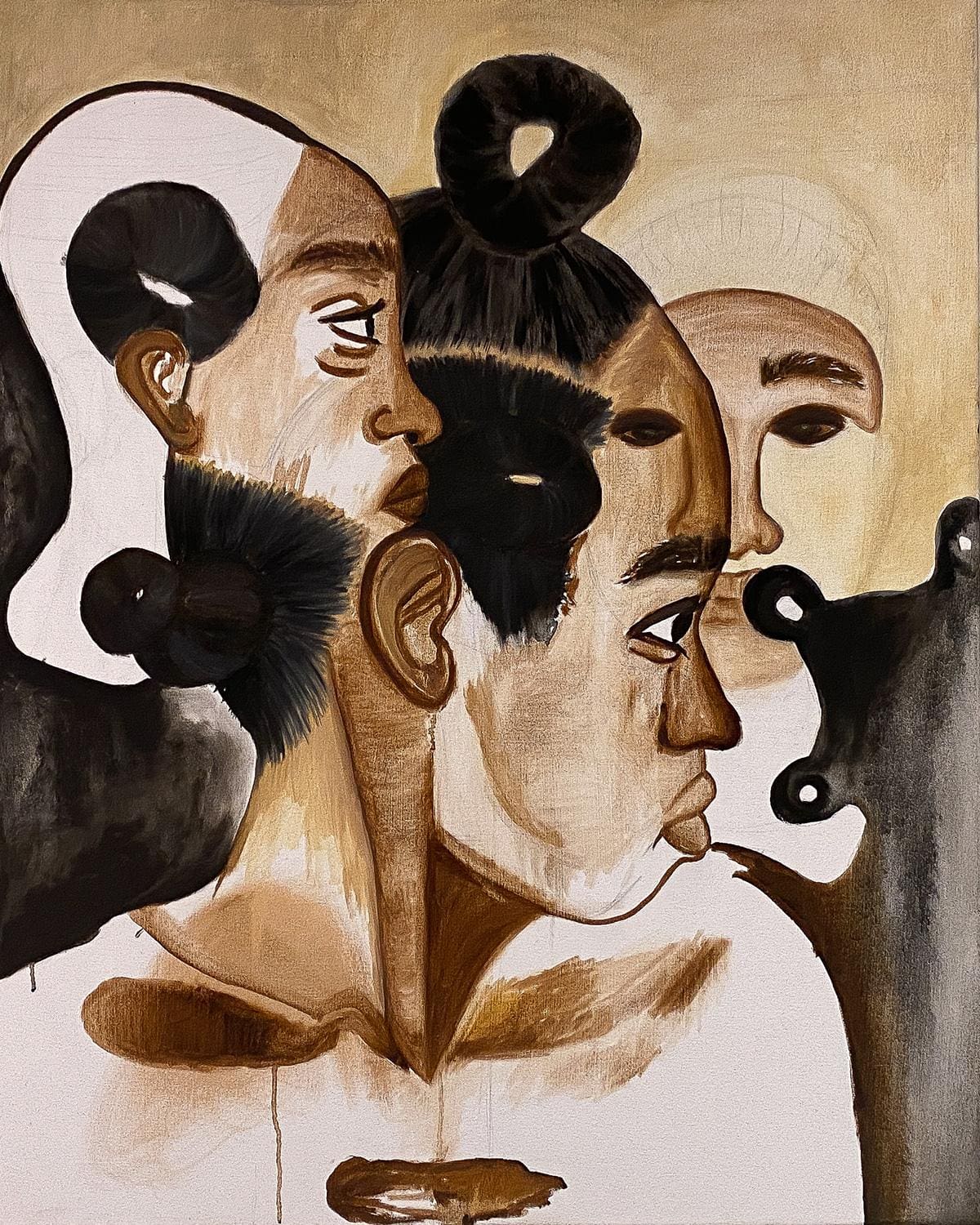 |
Is there a particular place or time in Nigeria that you find yourself referring back to in your work?
When I include family photographs within my work, they are usually from the years before I left in 2003. I use a group of around 20 photos which include snapshots that my dad took to document our everyday life such as parties, church on Sundays, birthdays, and school sports days. I started using these photos during my third year of university as I wanted to make works that explored themes of my identity, and narratives of my family’s history in Nigeria.
Visit tobialexandrafalade.com
Peter Mammes, conceptual draughtsman, born in South Africa

Has your art changed since you left Africa?
I have been exposed to so much more art, galleries and museums and it’s had a considerable impact on my practice as an artist. I also had the opportunity to use archives and resources that are unavailable in South Africa to do research I use in my work. My work has grown considerably conceptually and in the execution. I have had to plan my artworks a lot more, how to transport and ship the work. There are a wider range of materials available to use and definitely better quality art supplies. I have had to take size and weight into consideration when making artworks. Here, there’s a lot more space in homes and galleries than in South Africa.
Do you find yourself in conflict with the phrase ‘African art?’ What does that phrase imply to you?
African art in my opinion has a hard edge, deals with uncomfortable subjects and is challenging. It’s not about a pretty object, necessarily. In that sense, I try to make grotesquely beautiful artworks, that create a juxtaposition and discord in the viewer. I don’t think I can ever escape that.
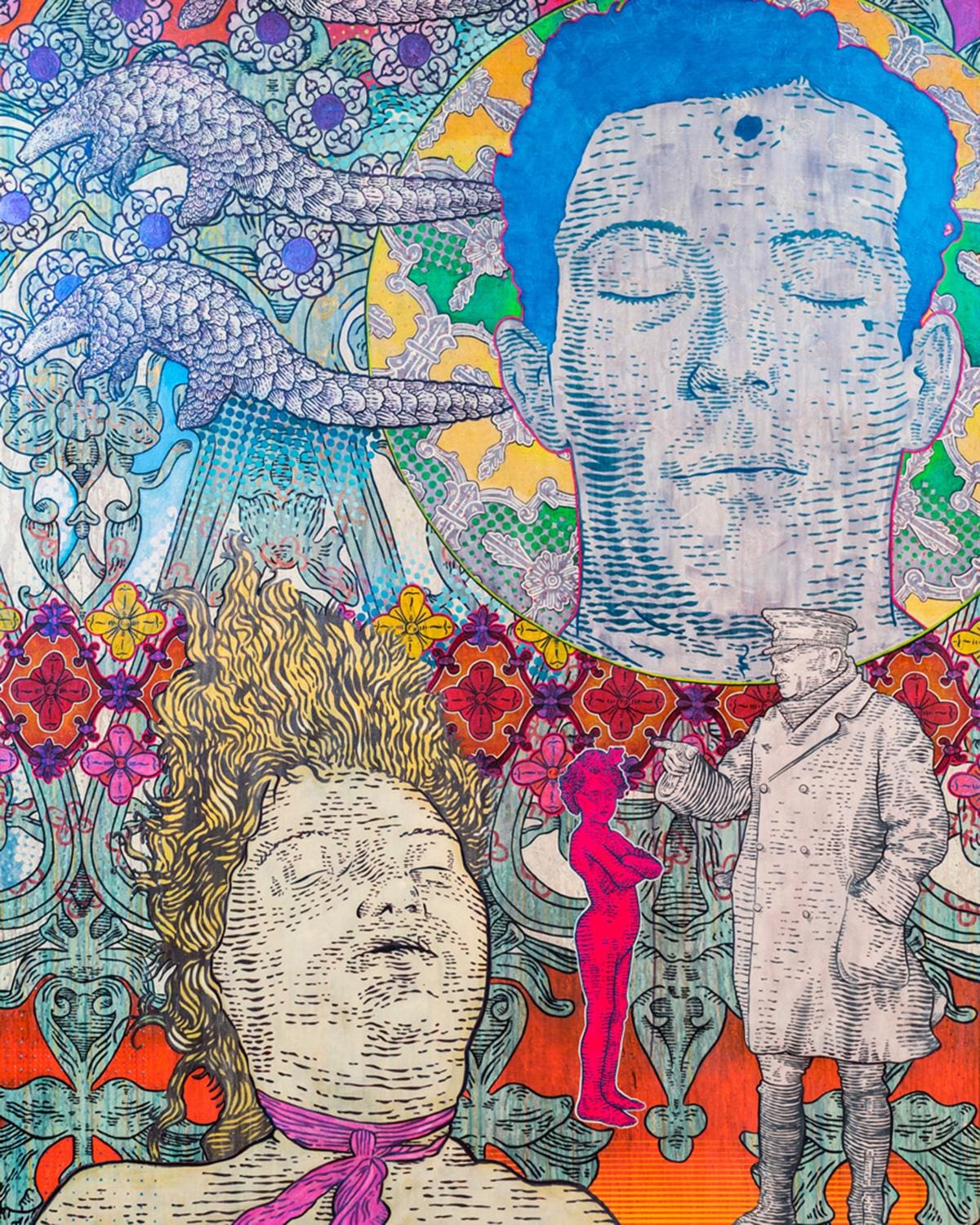 | 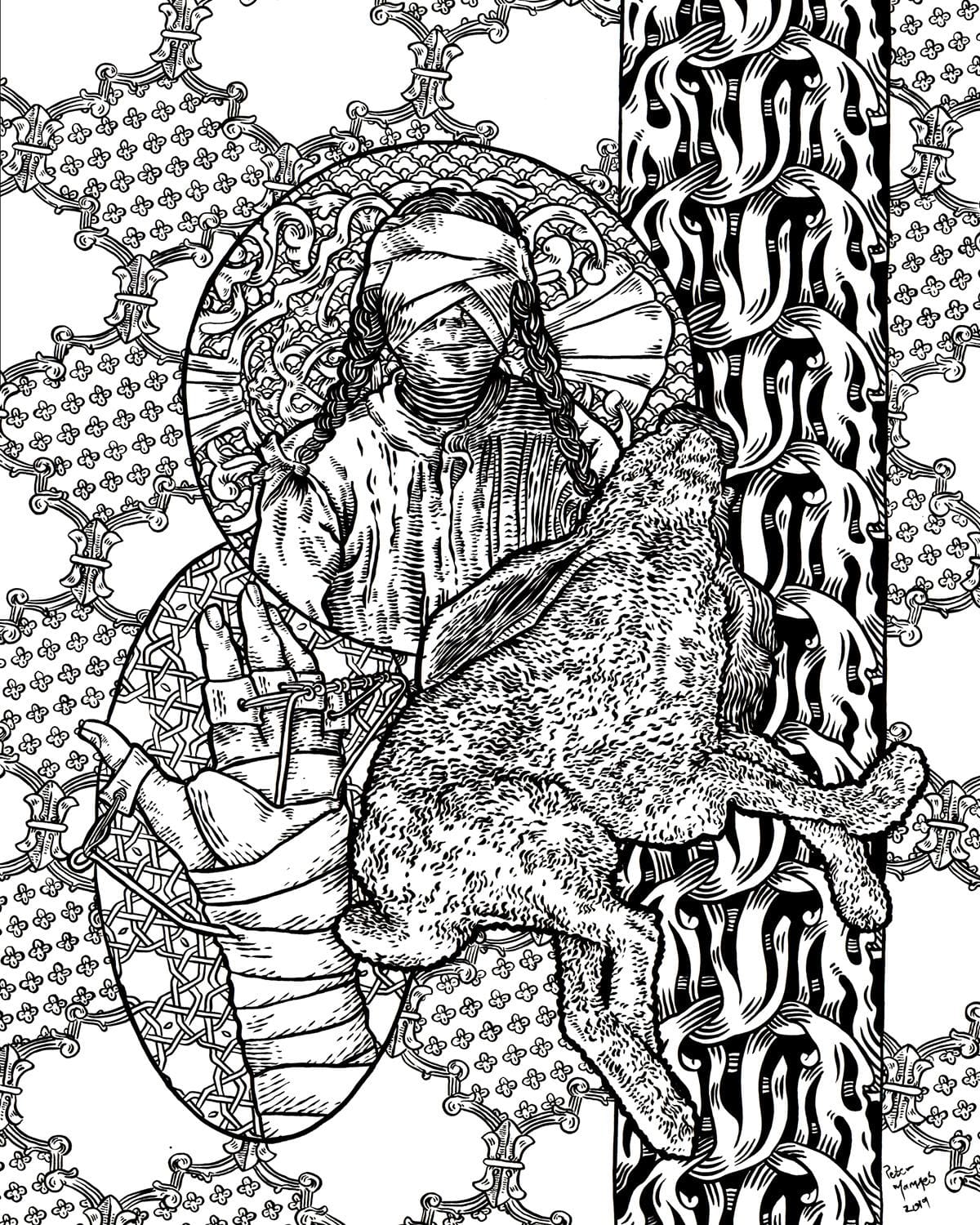 |
Is there a particular place or time in South Africa that you find yourself referring back to in your work?
I am inspired by desert and semi-desert environments, the animals and plant life. The brightness and quality of colour that one finds in South Africa isn’t matched anywhere else. My work deals with the pain and loss I feel that is all around in Johannesburg, my hometown. Its mixture of absolute beauty and horror that defines how I look at the world.
Visit patterndiscord.com
Bongani Njalo, performance artist, born in South Africa
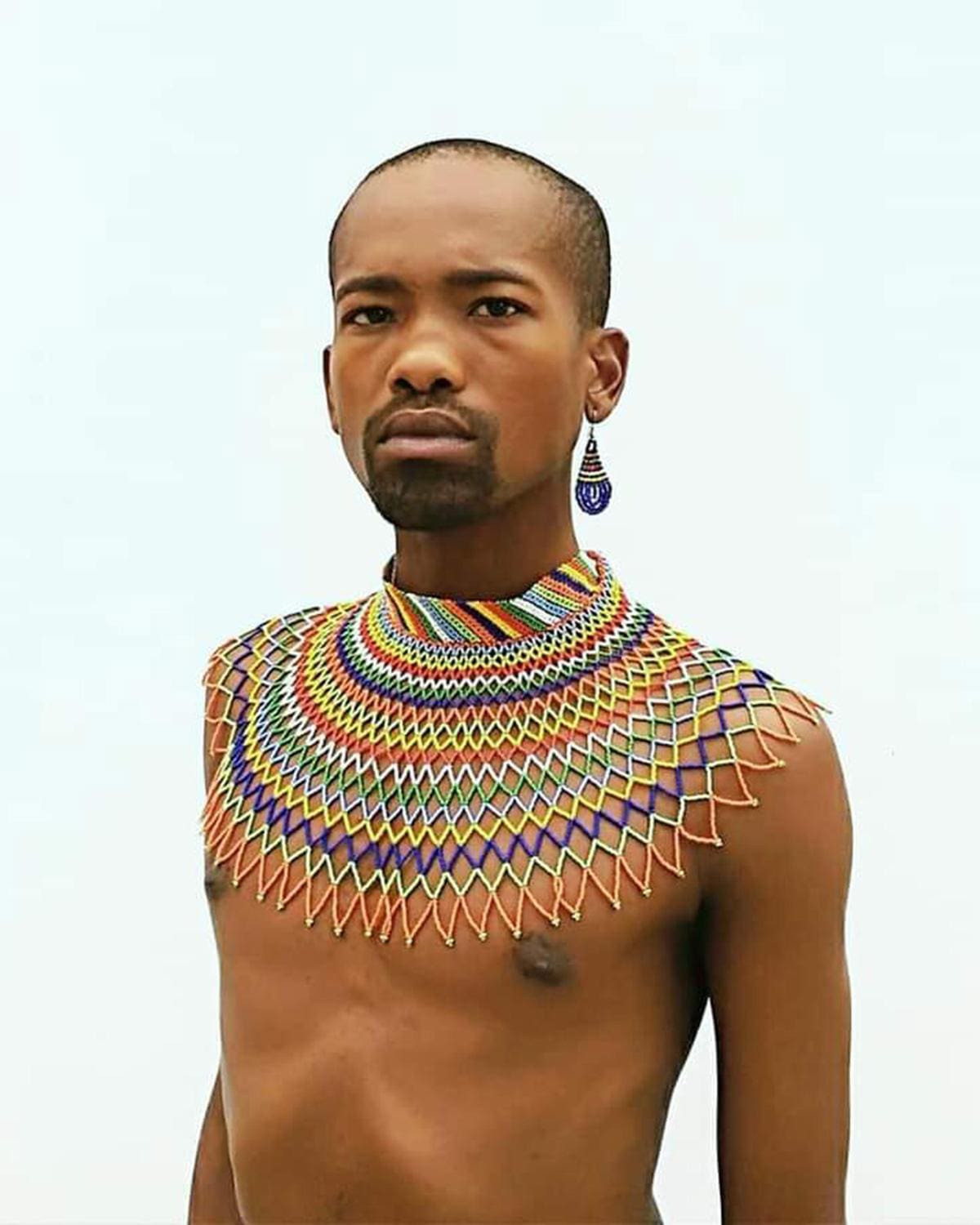 | 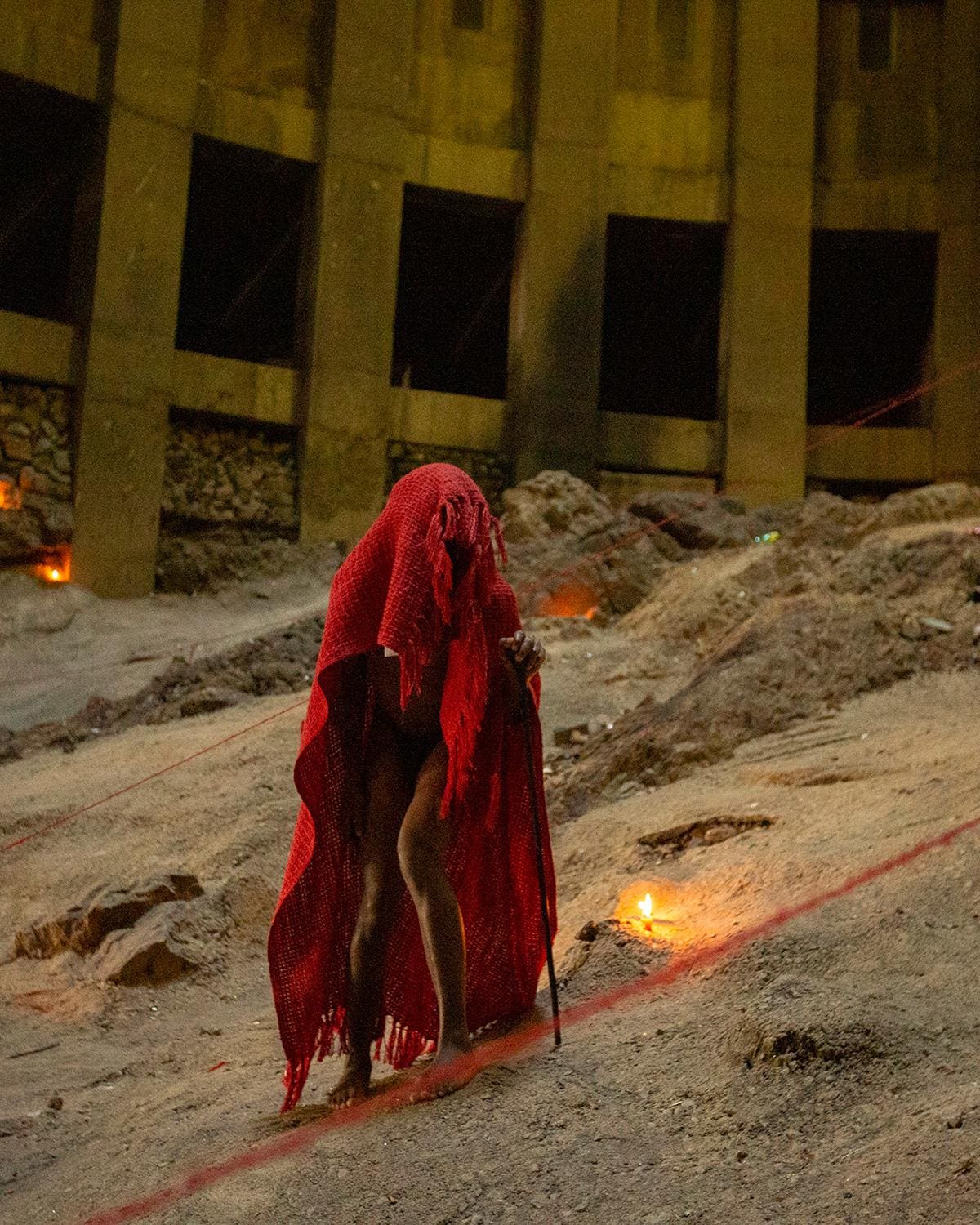 |
In what ways has living in London altered your art?
I came to London to study my Masters in Arts Policy and Management and I can certainly say that coming here has made me realise that I should stay true to my ‘traditional’ ways of working with non-western materials. After completing art school in 2010, I sat down with my grandmother who is a traditional bead-maker and asked her to teach me what university could not teach me. Since then, I have incorporated bead-making into my practice. Coming here has affirmed that my grandmother taught me a skill that is unique to my part of the world and culture and which western knowledge systems cannot replicate or take away from me.
Do you find yourself in conflict with the phrase ‘African art?’ What does that phrase imply to you?
I don’t know if I can say that I have an internal conflict with this term but I can say that this is an incredibly problematic phrase and it is also self-contradictory in the context of ‘globalisation’ – a term born in the western world and imposed on the rest of us. There is no such thing as ‘African art’. There is only ‘art’. Who and where an artwork was produced and whether or not that is important, matters only to those who prioritise othering.

Is there a particular place or time in South Africa that you find yourself referring back to in your work?
Yes, I look to pre-colonial Africa and the moment where our two cultures meet (British and African) a lot of the time. Just before the pandemic, I was commissioned by the Stellenbosch Triennale in South Africa to produce a new performance and I had proposed to stage a new work that reflects on my hometown of Gqeberha (formerly Port Elizabeth). The British first landed there in 1820 and I have been investigating the past 200 years of colonial violence and its effects on black masculinity and manhood in the region. That never happened because of COVID so I have been considering staging the work here instead.

